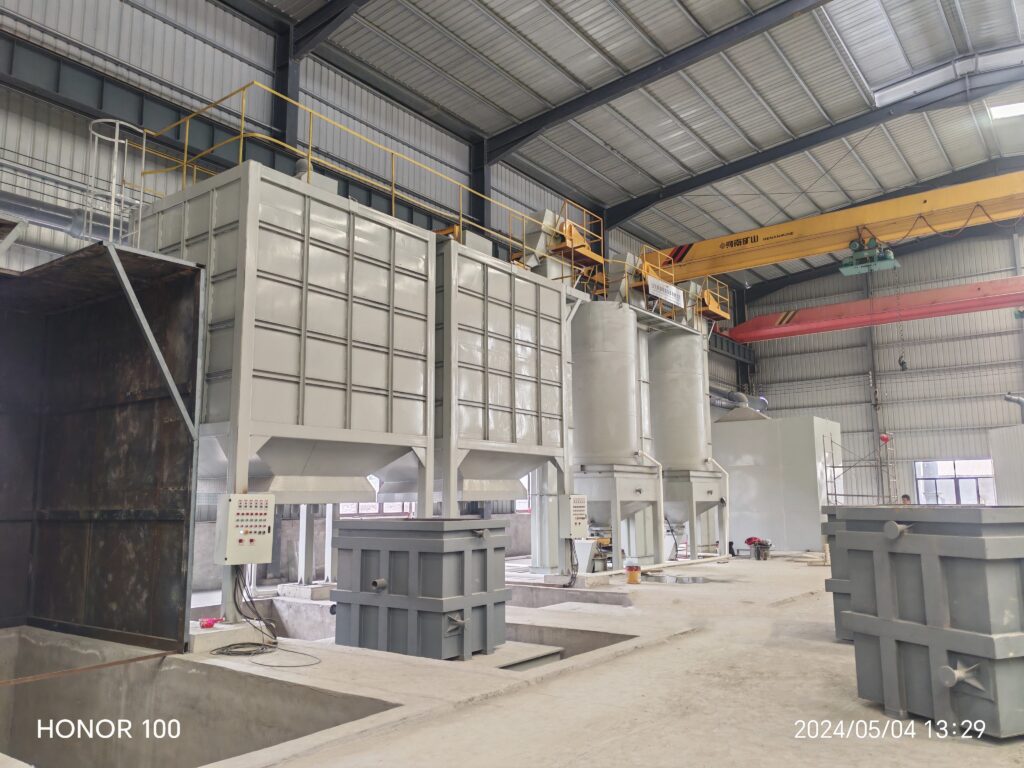Equipment Needed for Lost Wax Casting
Lost wax casting, also known as investment casting, is a highly precise and versatile manufacturing process used to create intricate and detailed metal components. It is widely employed in industries such as aerospace, automotive, and art. Specialized equipment is required at various stages to successfully carry out the lost wax casting process. Below is a comprehensive overview of the essential equipment needed for lost wax casting.

1. Wax Injection Machine
- Purpose: Used to create wax patterns by injecting molten wax into molds.
- Features:
- Adjustable temperature control to maintain wax consistency.
- High-pressure injection for detailed pattern replication.
- Types: Manual, semi-automatic, and fully automatic machines.
2. Wax Pattern Assembly Tools
- Purpose: Assemble individual wax patterns into a tree-like structure for efficient casting.
- Includes:
- Wax sprue rods and connectors.
- Heated tools for fusing wax components.
- Adhesive wax or glue for securing parts.
3. Ceramic Shell Building Equipment
- Purpose: Create a ceramic mold around the wax pattern.
- Components:
- Slurry Tanks: Contain ceramic slurry for dipping wax patterns.
- Fluidized Beds: Hold fine sand or refractory powder for coating.
- Drying Chambers: Provide controlled environments for drying ceramic layers.
4. Burnout Furnace
- Purpose: Remove the wax from the ceramic mold by heating it to high temperatures.
- Features:
- Temperature range of 300°C to 1000°C.
- Programmable controls for precise heating cycles.
- Ventilation systems to handle wax vapors.
5. Melting Furnace
- Purpose: Melt the metal to be cast into the ceramic mold.
- Types:
- Induction melting furnace.
- Resistance melting furnace.
- Gas-fired crucible furnace.
- Key Features:
- Temperature control to suit different metals.
- Graphite or ceramic crucibles for melting.
6. Casting Machine
- Purpose: Pour molten metal into the ceramic mold.
- Types:
- Gravity Casting Machine: Relies on gravity to fill the mold.
- Vacuum Casting Machine: Removes air from the mold to ensure defect-free casting.
- Centrifugal Casting Machine: Uses centrifugal force to distribute metal evenly in the mold.
7. Cooling and Quenching Equipment
- Purpose: Allow castings to solidify and cool after pouring.
- Includes:
- Cooling trays or racks for air cooling.
- Quenching tanks filled with water, oil, or special solutions for rapid cooling.
8. Shell Removal and Cleaning Equipment
- Purpose: Remove the ceramic shell and clean the casting.
- Equipment:
- High-pressure water jets or air blasters.
- Shot blasting machines for surface cleaning.
- Vibrating hammers or manual chisels for stubborn shell removal.
9. Cutting and Grinding Tools
- Purpose: Remove sprues, gates, and excess material from the casting.
- Tools:
- Band saws or cut-off wheels for cutting.
- Angle grinders for surface smoothing.
10. Inspection and Testing Equipment
- Purpose: Ensure the quality and precision of the final casting.
- Equipment:
- Non-destructive testing tools (e.g., X-ray, ultrasonic, or dye penetrant testing).
- Coordinate Measuring Machines (CMM) for dimensional accuracy.
- Visual inspection tools such as magnifiers and microscopes.
11. Safety Gear and Accessories
- Purpose: Protect operators during the casting process.
- Includes:
- Heat-resistant gloves and aprons.
- Safety goggles and face shields.
- Respirators or masks for handling ceramic powders and molten metal.
- Fire extinguishers and first aid kits.
Conclusion
The lost wax casting equipment spans multiple stages, from wax pattern creation to final inspection. Investing in high-quality, reliable machinery ensures consistent results, enhances productivity, and reduces defects. Kewei Casting Equipment Company specializes in providing top-of-the-line lost wax casting machinery tailored to meet diverse industry needs. Contact us today to learn more about our offerings and how we can support your casting operations.
